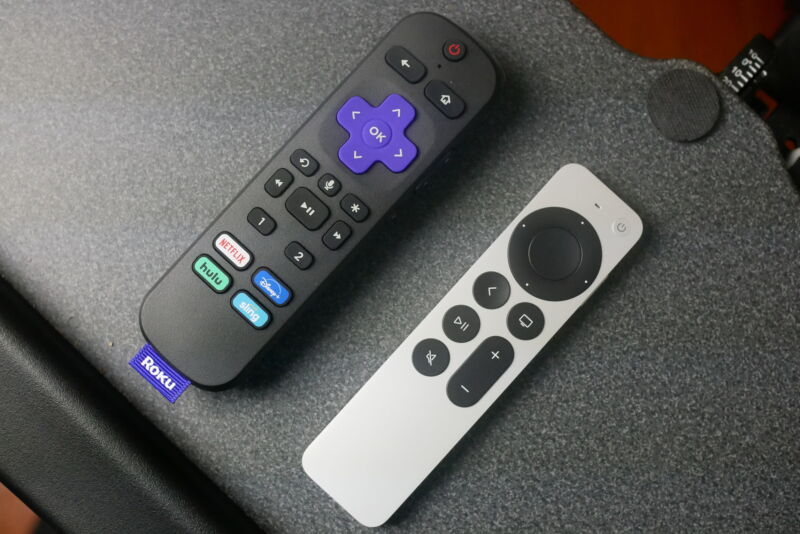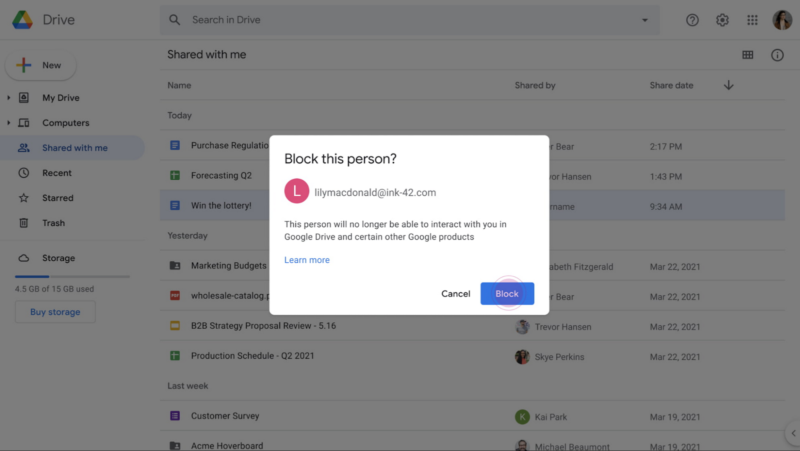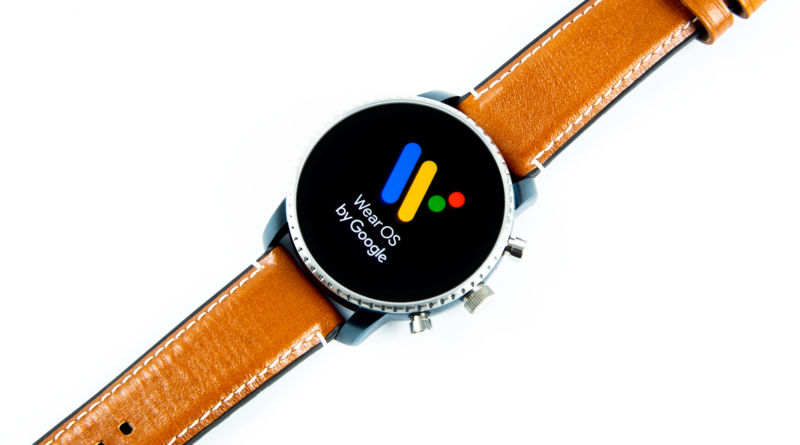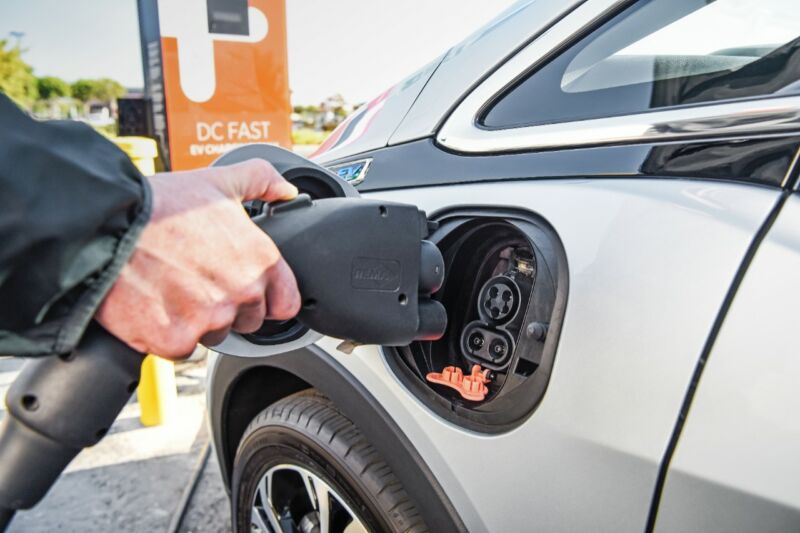Trailer for Silk Road.
In the last decade or so of Ars, two pre-COVID news stories stand out to me as the “biggest”—the kind of stuff that captivates a general audience in the moment and will attract the eyes of Hollywood eventually. The first one happened back in 2013, when former NSA contractor Edward Snowden leaked classified documents that showed the US had a secret surveillance program up and running that even monitored US citizens. To make the saga even juicier, Snowden ultimately had to flee the country for fear of legal retribution.
The second story largely unfolded in that same year. A young libertarian named Ross Ulbricht pondered why in the United States you couldn’t purchase drugs freely and openly on the Internet through some kind of one-stop repository like Amazon. Eventually, his Silk Road website sprung up and captivated the world… until federal authorities finally closed in on Ulbricht in a San Francisco library in October 2013. The arrest led to an eye-opening trial and a life sentence for the pseudonymous Dread Pirate Roberts.
Snowden’s story ultimately got the Hollywood treatment, via the Oscar-winning documentary Citizenfour in 2014 and a fictionalized account starring Joseph Gordon-Levitt two years later. And though it took a bit longer (unless we’re counting a made-for-TV documentary), the Silk Road odyssey has finally made its feature film debut, too.
Read 18 remaining paragraphs | Comments
Source: Ars Technica – Dread Pirate Roberts escaped development hell: Making Silk Road work as a film


 ,” more than one set of roommates split their internet bill.
,” more than one set of roommates split their internet bill.















